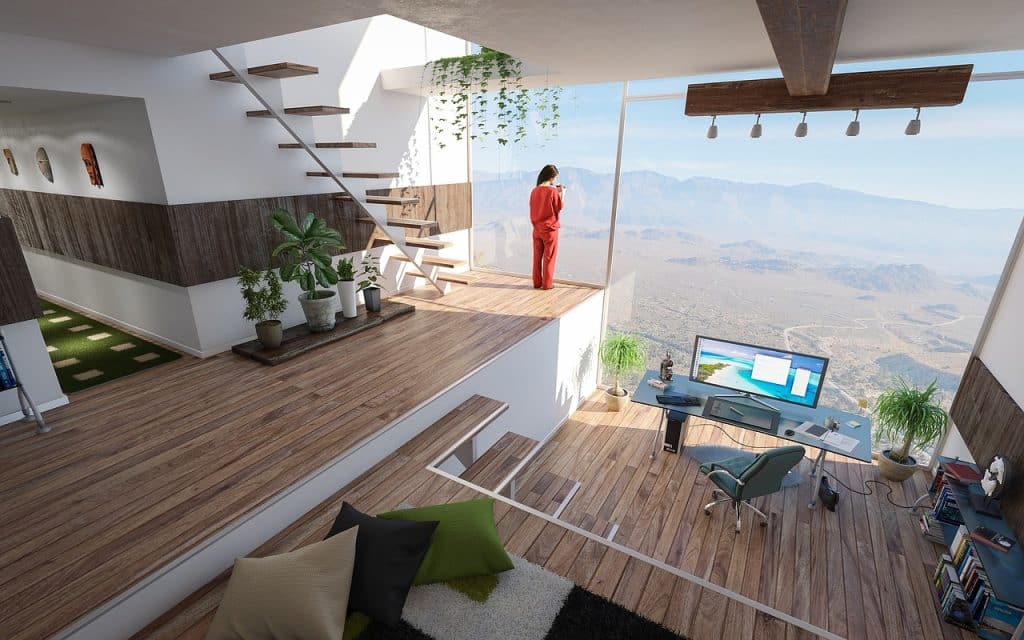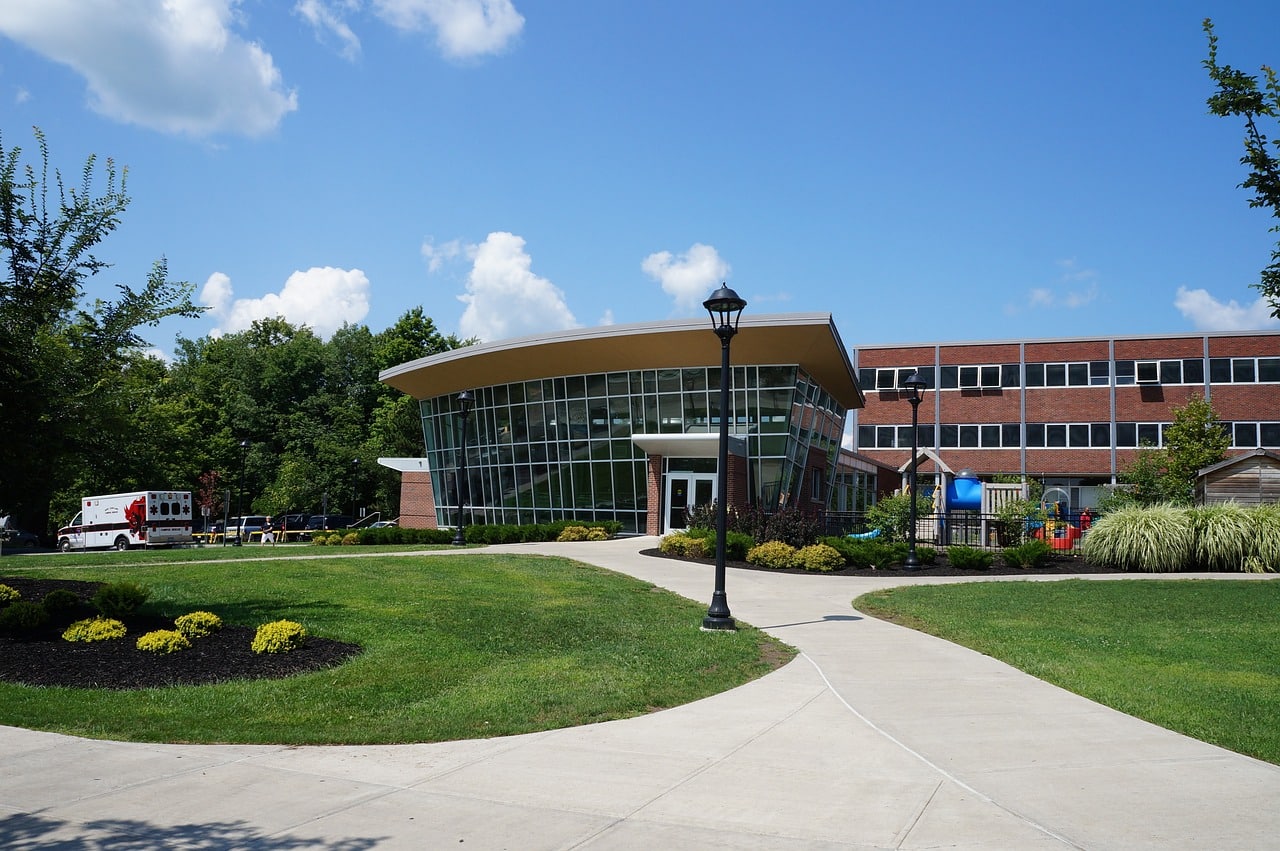Real estate development plays a pivotal role in shaping the landscape of communities, influencing residential and commercial spaces and essential services like healthcare. The connection between real estate development and healthcare facilities is a dynamic interplay that significantly impacts the well-being of communities. Timur Yusufov delves into how real estate development influences healthcare facilities and how this symbiotic relationship contributes to a region’s overall health and prosperity.

Accessibility And Convenience
One of the primary impacts of real estate development on healthcare facilities is the enhancement of accessibility and convenience for residents. When strategically planned, the construction of residential areas near healthcare centers can reduce travel times and increase the likelihood of individuals seeking timely medical care. This proximity ensures residents have easy access to essential health services, fostering a healthier, more resilient community.
Infrastructure And Technological Advancements
Real estate developers often collaborate with healthcare providers to create state-of-the-art medical facilities that meet the growing needs of a community. This collaboration results in developing modern, well-equipped hospitals and clinics that boast the latest technological advancements. These facilities can then attract skilled healthcare professionals and specialists, further improving the overall quality of healthcare in the region.
Economic Growth And Investment
The development of healthcare facilities can act as a catalyst for economic growth within a community. Real estate developers recognize the potential of investing in areas where healthcare infrastructure is expanding. As new medical facilities are established, businesses are attracted to the area, leading to job creation and increased economic activity. This, in turn, boosts the overall prosperity of the community.
Improved Quality Of Life
A well-designed healthcare infrastructure contributes to an improved quality of life for residents. Real estate developers, aware of this impact, often integrate healthcare considerations into their development plans. Proximity to parks, recreational areas, and green spaces is essential, promoting an active lifestyle that can prevent health issues. Additionally, the presence of healthcare facilities enhances residents’ sense of security and well-being.
Aging Population And Specialized Care
As populations age, the demand for specialized healthcare services increases. Real estate developers must adapt to this demographic shift by incorporating facilities that cater to the elderly population, such as assisted living centers and senior care facilities. Integrating these services into residential developments ensures that the needs of an aging population are met, fostering a supportive and age-friendly community.
Urban Planning And Zoning
The impact of real estate development on healthcare facilities extends to urban planning and zoning regulations. Collaborative efforts between developers and local authorities can create healthcare zones, ensuring medical facilities are strategically located within city plans. This intentional planning helps distribute healthcare resources more efficiently, reducing disparities in access across different neighborhoods.
Community Engagement And Wellness Programs
Real estate developers can positively impact healthcare facilities by promoting community engagement and wellness programs. By incorporating spaces for community events, fitness centers, and recreational areas within their developments, developers create opportunities for residents to participate actively in health-promoting activities. These spaces foster social connections and encourage a proactive approach to health, reducing the burden on healthcare facilities for preventable illnesses.
Resilience Planning For Public Health Crises
Recent global events demonstrate that real estate development is critical in preparing communities for public health crises. Developers can contribute to healthcare resilience by designing flexible spaces within their projects that can be quickly adapted for emergency medical purposes. This foresight allows healthcare facilities to scale their services in response to surges in demand during pandemics or other health emergencies, ensuring that the community can access essential care.
Conclusion
The relationship between real estate development and healthcare facilities is integral to communities’ overall well-being and prosperity. The strategic integration of healthcare infrastructure into development plans enhances accessibility, stimulates economic growth, and improves the quality of life for residents. Developers, healthcare professionals, and policymakers must collaborate to create sustainable, healthy communities for future generations as we continue to witness the dynamic evolution of real estate and healthcare.



